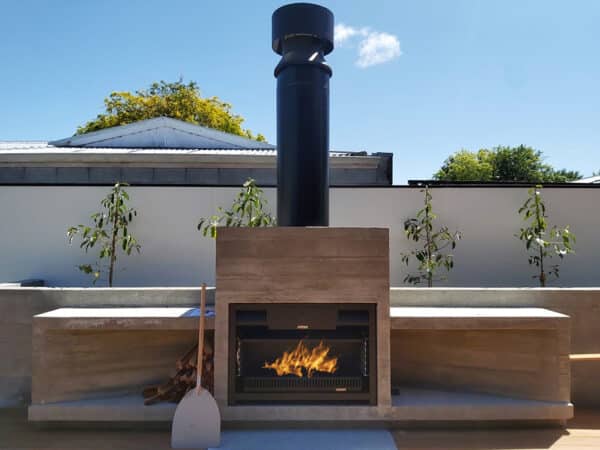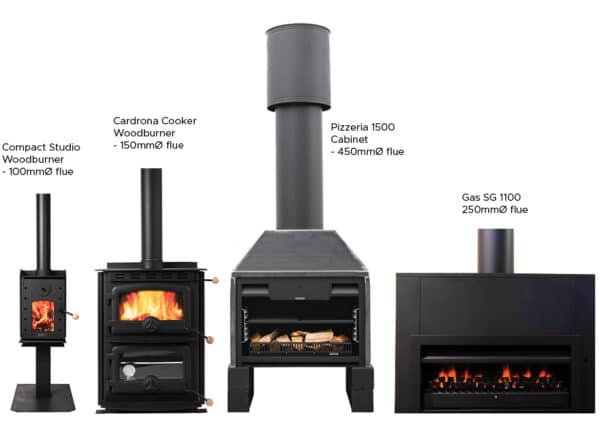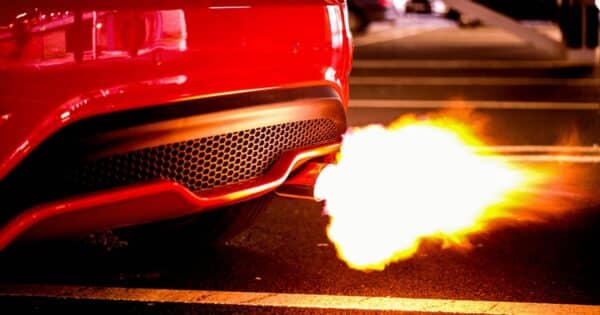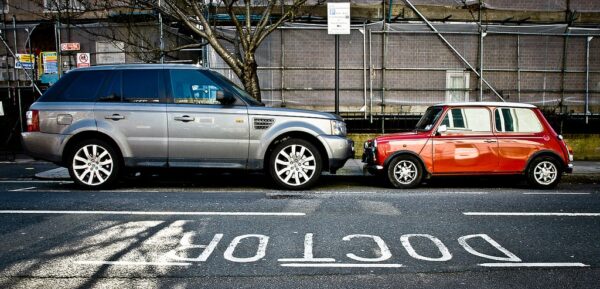The flue on a fireplace is extremely important for proper ventilation, safety & efficiency. The wood fire industry has separated the fire and the flue system for years, treating them independently. Using the wrong size or type of flue can lead to poor ventilation, smoke backup, or even dangerous levels of carbon monoxide. It is crucial to ensure that your fireplace has the proper flue system installed and maintained for safe and efficient operation.
Safety
A properly functioning flue is essential for the safe operation of a fireplace because it prevents smoke and toxic gases from entering the home. The flue also helps to regulate the temperature inside the home by controlling the flow of air and heat out of the fireplace.
Without a properly fitted and functioning flue, smoke and other harmful gases can accumulate in your home, leading to serious health hazards, such as carbon monoxide poisoning and potential damage to the internals of your home.
Efficiency
In addition to safety concerns, a properly fitted and functioning flue also helps to increase the efficiency of your fireplace by drawing in outside air and directing the smoke and heat outside. This can help to reduce energy costs and prevent damage to your home’s structure from excess heat or moisture.
The size and type of flue needed for a fireplace will depend on the size and type of fireplace. Generally, each fireplace will require its own flue system designed specifically for its needs. Much the same as in a car, the size and shape of the exhaust system components, such as the muffler and pipes, are designed to optimize engine performance and reduce emissions.
The size of a fireplace flue is determined by the size of the fireplace’s firebox, the height of the chimney, and the fuel source used (e.g. wood or gas). For example, a masonry fireplace typically requires a larger flue than a prefabricated fireplace, and a gas fireplace may need a smaller flue than a woodburning fireplace.
The Warmington Difference
Warmington realized the importance of the fire and flue system working together, enabling optimal performance. By testing and fitting all our fires with specific flue kits, we tune the whole wood fire system to achieve optimal emission, efficiency, and clearances. All our fires come with a dedicated flue. This ensures you get the best performance from your fireplace, keeping fuel consumption and cost low and ultimately reducing your environmental footprint.

Conclusion
Installing an incorrectly sized or poorly designed exhaust system in a car can reduce engine performance and increase emissions. While installing an incorrectly sized or poorly designed flue system in a fireplace can lead to inefficiency, smoke build-up, and carbon monoxide poisoning.
If you have an existing fireplace and are concerned about its condition, it is essential to have a professional chimney sweep, or fireplace installer assess your specific fireplace and determine the appropriate size and type of flue system needed for optimal ventilation and safety.
Remember that regular maintenance and cleaning of your flue is essential to ensure its proper functioning. Also, like your car, you need to service your fireplace regularly. We recommend having your flue inspected and cleaned by a professional chimney sweep at least once a year to ensure that it is clear of any obstructions or creosote build-up that could pose a fire hazard.





